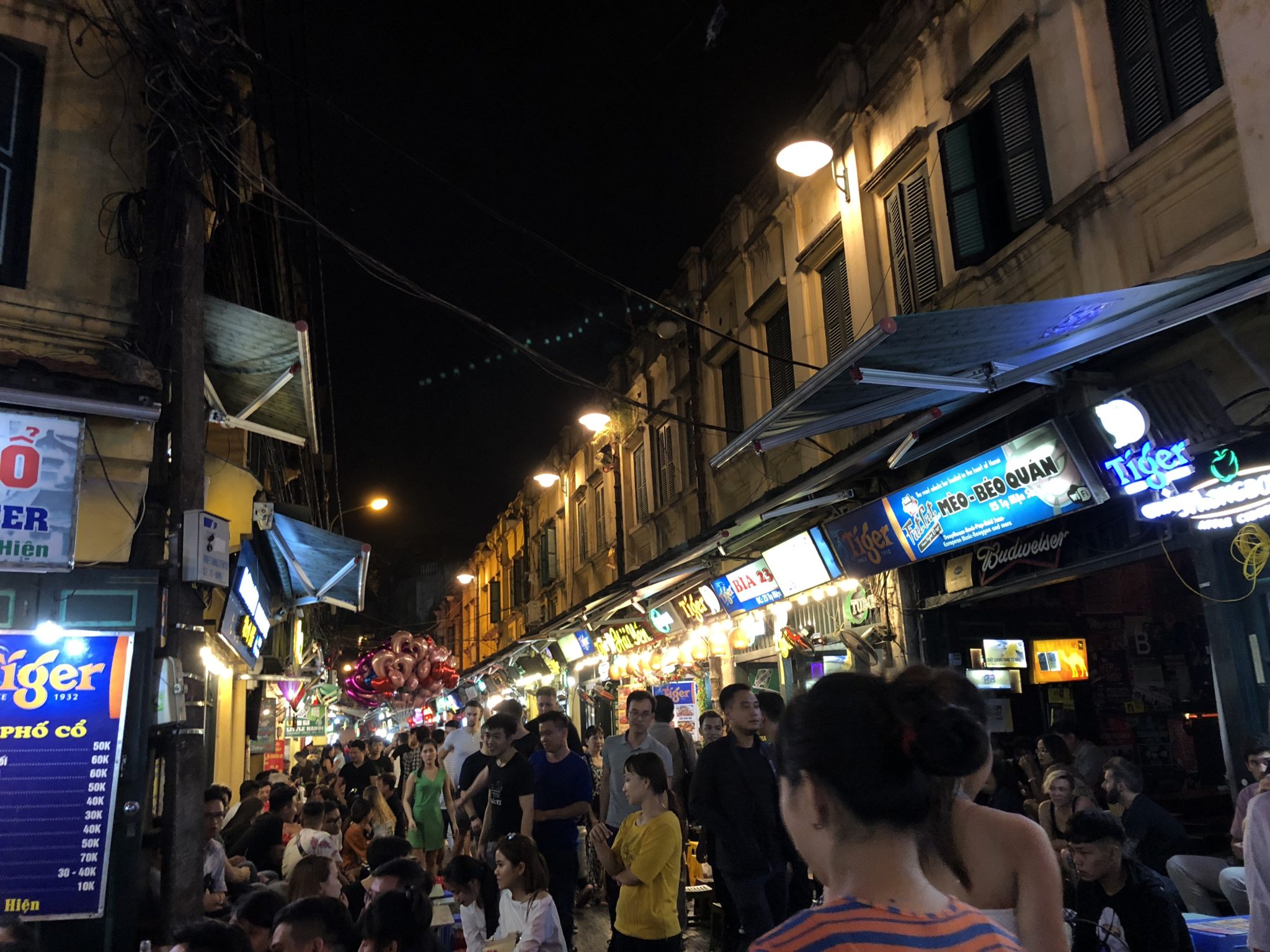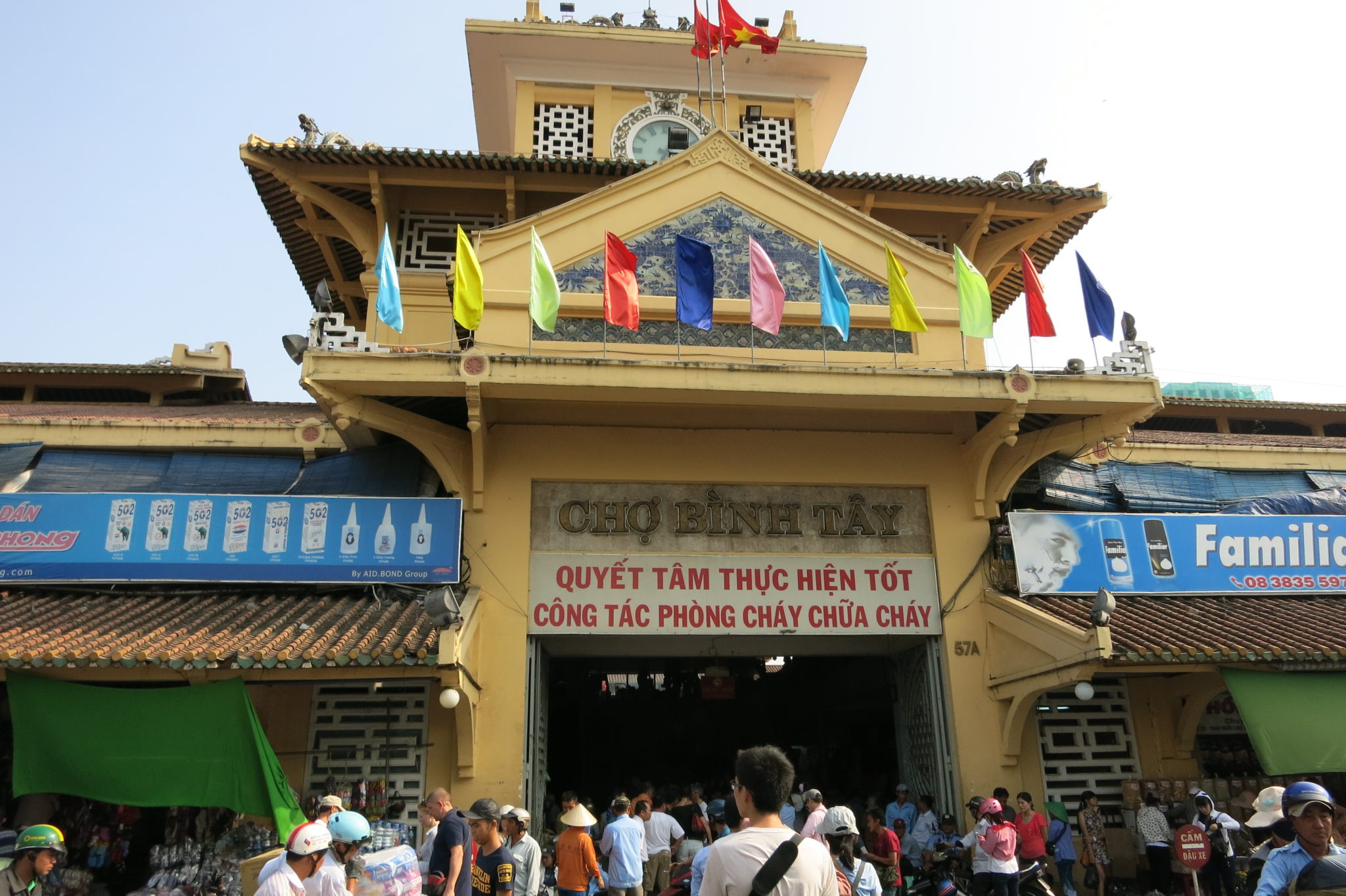
Although this is my third time to Vietnam, I still found new things to do. One of the common day tours from Ho Chi Minh city is to the Mekong Delta. For those with more time to spare, you can even spend a night or two around the delta region. For those who wish to venture across borders, there is also a tour to the delta before landing in the neighbouring country of Cambodia.

Since we only had a free day, we chose the one day Mekong delta tour, which can be purchased from one of the many travel agencies around Bui Vien Street or Pham Ngu Lao street. Compare the prices among the different shops which tend to offer competitive prices.
Touring the orchards, paddy fields and swamplands of the Mekong Delta, you could be forgiven for thinking you’ve stepped into the pages of a geography textbook. A comma-shaped flatland stretching from Ho Chi Minh’s city limits southwest to the Gulf of Thailand, the delta is Vietnam’s rice bowl, an agricultural miracle that pumps out more than a third of the country’s annual food crop from just ten percent of its total land mass.
It takes approximately two hours from Ho Chi Minh city to the marina in My Tho city, around the Mekong delta area. We travelled by motorboat on the upper branch of the Mekong River (Tien River). There are four different islands surrounding the Tien River, but we could only visit one. The four islands – Dragon, Unicorn, Phoenix and Turtle are named after majestic animals found in Buddhism folklore. Before boarding the motorboat, we stopped at one of the largest pagodas in Vietnam, home to the laughing Buddha and the sleeping Buddha.

At Unicorn island, we learnt from villagers at a bee-keeping farm on how to collect natural honey from all kinds of pollen. We were then treated to a honey tea drink made from the fresh honey and topped with some pollen bits. They sold the products as well, such as royal jelly made from the bees wax, the honey, bee pollen and dried fruits.

At the next stop, we stopped at an orchard to taste some tropical fruits and to enjoy the traditional music by the villagers. The fruits included chiku, dragonfruit, pineapple, rambutan etc. These were not new to me but probably fascinating to the foreigners in the group. The villagers put up an entertaining performance with their guitar and the girls singing some traditional Vietnamese songs.

Next, it was time to board the small boats which can cruise through the small canals which meander around the island, filled with lush vegetation. It felt like queuing up for an amusement ride as there were so many people. There were two paddlers in the boat, plus four of us tourists who can sit comfortably. The waterways were clogged like during peak hours as many boats came and go, picking up tourists along the way.

After the relaxing boat ride, we went ashore to visit a coconut candy factory. There was a huge stove to stir the mixture of coconut, sugar and other ingredients. Women crowded around the table to pour the mixture into moulds, then cut them and pack them into individual wrappers. Besides the original, the coconut candies also came in other flavours such as durian, not for the faint-hearted!


Lastly, we transferred to another boat to go to our lunch place, a cozy Vietnamese restaurant situated along the riverbanks. This restaurant serves fixed lunch menus catered for the tour groups. After that, we explored the surroundings a little, where we got to see crocodiles, porcupines, frogs etc which are kept under captivity. It felt like a mini zoo and this attracted the attention of the children. There was even an opportunity to feed the crocodiles by paying 10000 dong for the fish bait.



Finally, it was time to head back to the mainland. We took the big ferry back to the pier, then boarded the bus which took us back to Ho Chi Minh city. Since it was peak hour, we encountered a traffic jam as we approached the outskirts of the city and had to slowly crawl back to district one.

Price of this tour ranges from 150,000 to 200,000 dong depending on the shop and also your bargaining skills. It was a well-organised tour as everyone did the same tour. The downside is that there are too many tourists and the small canals segment was not as peaceful as imagined. Trying to figure out your own way to My Tho can be troublesome, but rewarding for those who try as they can avoid the tourist trap and visit lesser known areas.


